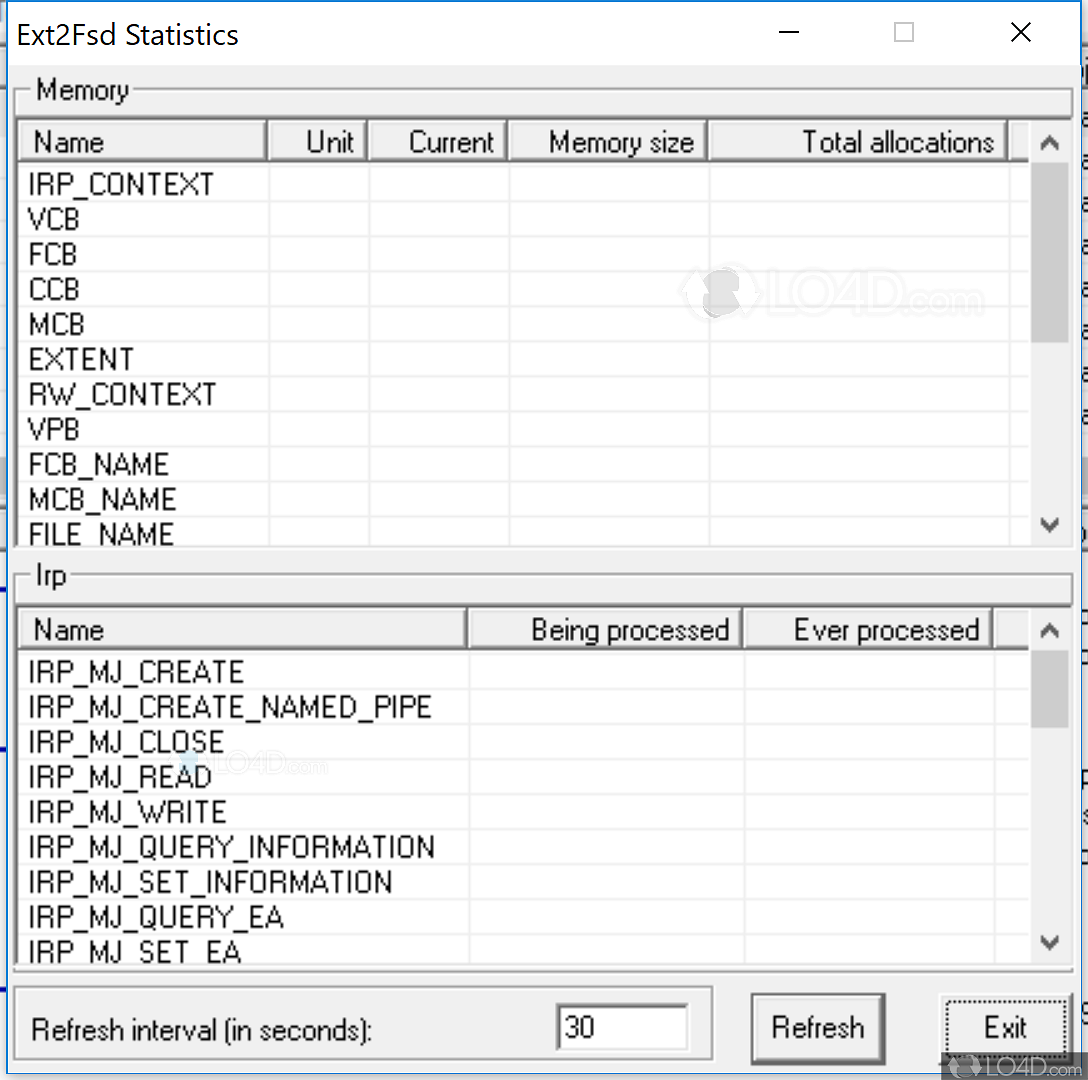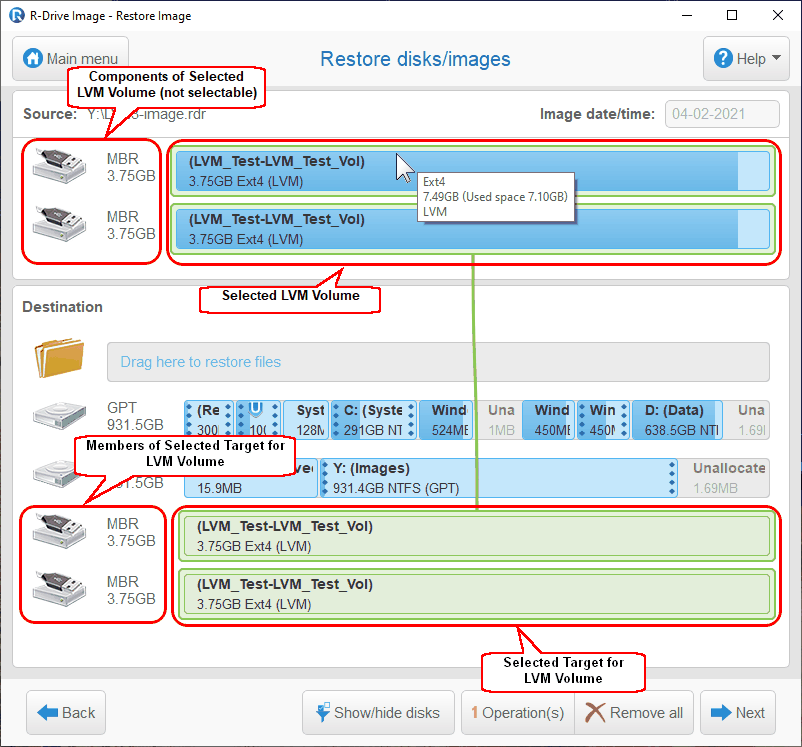

Not overwrite the data on an existing volume, click the “Cancel” button and refer to Import Disk and Import Volume to see if the existingįormat is supported. In other words, creating a new volume reformats the selected disks. The “Add Volume” button warns that existing data will be cleared. An overview of the recommendedĭisk group sizes as well as more information about log and cache devices can be found in the ZFS Primer. If you have more than five disks and are using ZFS, consider the number of disks to use for best performance and scalability.
#VOLUME MANAGER MANUAL#
It is possible to create a volume in this situation by using the “Manual setup” button and following the instructions in Manual Setup. The “Volume layout”ĭrop-down menu can also be clicked if a different level of redundancy is required.įor performance and capacity reasons, this screen will not allow you to create a volume from disks of differing sizes. If you wish to change the layout or the number of disks, use the mouse to drag the slider to the desired volume layout. “Volume Manager” will display the resulting storage capacity, which takes To configure the pool, drag the slider to select the desired number of disks. Used to make a non-optimal pool (not recommended) see Manual Setup for details Used to configure multiple vdevs or to add log or cache devices during pool creation One disk is selected, the layouts supported by the selected number of disks will be Read the section on Encryption before choosing to use encryptionĭisplays the number and size of available disks hover over “show” to list the availableĭevice names click the + to add all of the disks to the poolĬlick and drag the icon to select the desired number of disks for a vdev once at least Used to extend an existing ZFS pool see Extending a ZFS Volume for instructions

It is recommended to choose a name that will stick out in the logs (e.g. Table 8.1a: Options When Creating a ZFS Volume Setting Table 8.1a summarizes the configuration options of this screen. If you click on Storage ‣ Volumes ‣ Volume Manager, you will see a screen similar to the example shown in Figure 8.1a.įigure 8.1a: Creating a ZFS Pool Using Volume Manager If you have multiple disks and are new to how ZFS handles redundancy, skim through the ZFS Primer before using “Volume Manager”.

If you have unformatted disk(s) or wish to overwrite the current filesystem and data on your disk(s), use “Volume Manager” to format the disk(s) into a ZFS


 0 kommentar(er)
0 kommentar(er)
